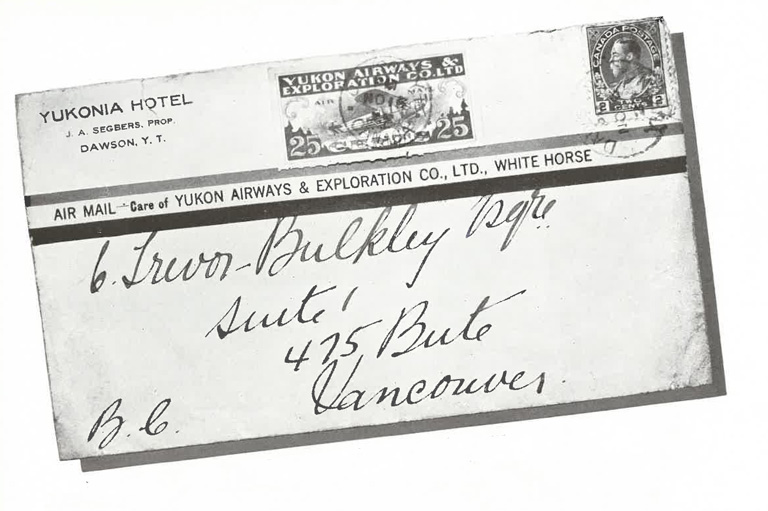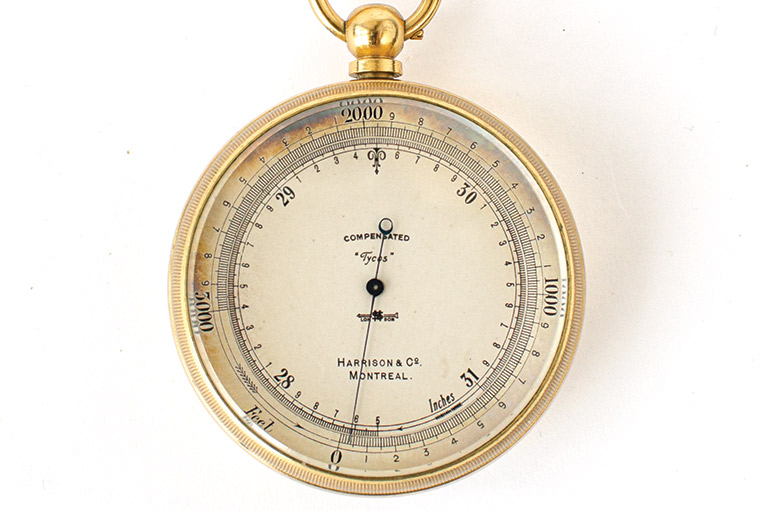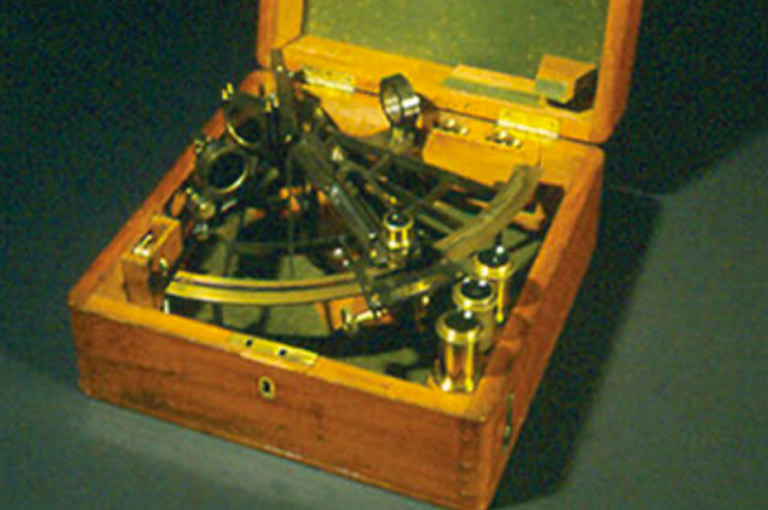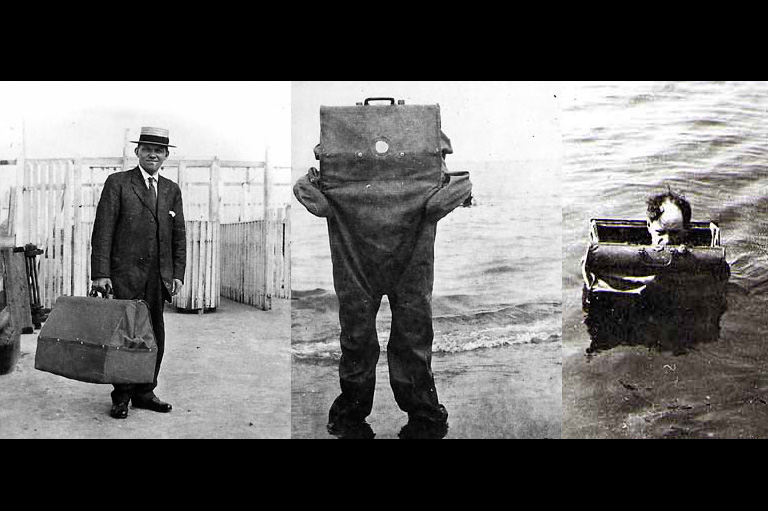Shot Mould

Shot moulds were used to manufacture lead shot for firearms. This cast-brass double-sided gang mould could produce fourteen musket balls after molten lead was poured into the small holes on the side. Once the lead had cooled and set, the mould was hinged open, and the balls were removed.
Where the lead had entered the mould, the balls would be attached to each other with a piece of lead called a sprue. It would need to be snipped before the shot could be used, and a small sprue mark is often visible on the shot. Such marks can help archaeologists to determine the method of manufacture — whether shot was cast in a mould or produced in a shot tower (a different method for manufacturing small-diameter shot balls).
Although much lead shot would have been shipped directly from England, moulds like this were used to recycle and to reuse available lead. This mould was found in 1931 near York Factory in northern Manitoba.
Themes associated with this article
Advertisement







